|
|
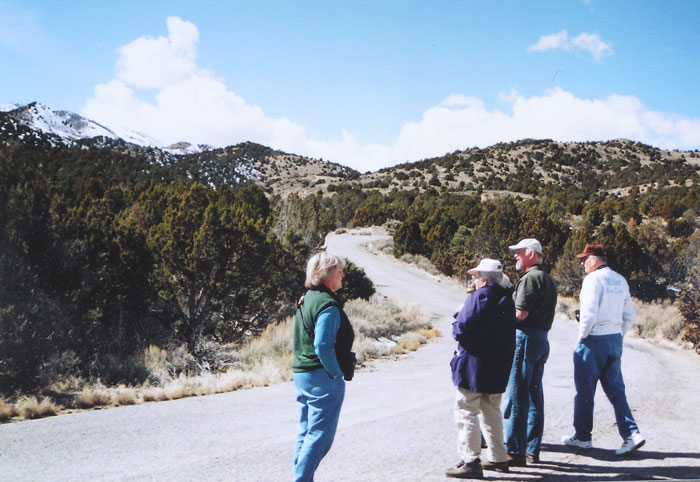 Birding the Tintics by Margaret T. Sanchez ©Margaret T. Sanchez |
|
Directions: From Elberta go west 3.5 miles on US 6 and bear left onto a small asphalt road. This is the beginning of the loop. If you are birding in the evening, the light might be better if you start at the other end. (In that case, proceed toward Eureka another 5.3 mile and turn left -- if you make it to Eureka you've gone 0.2 miles too far -- then make the stops in reverse order of the list below). Suggested Stops: Six specific stopping places are suggested below (with species you might see in the spring): Listen and watch for birds between these points. Good birds could show up anywhere along the way..
Specialty Birds: (Spring) Bushtit, Juniper Titmouse, Brewer's Sparrow, Rock Wren, Black-throated Gray Warbler, Dusky Flycatcher, Gray Flycatcher, Mountain Bluebird, and Say's Phoebe (Chukar, Black-throated Sparrow and the second Golden-winged Warbler for Utah have also been seen). eBird Data: |
Dividend Road |
East Tintic Mountains | Field Trip Reports: |
26 May 2009 |
9 Jul 2005 | |
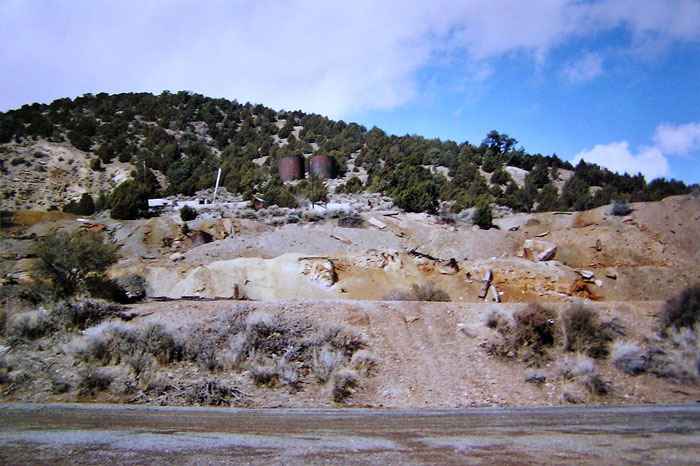 |
|
Photo #1 -
Dividend - After the Mining Boom by Margaret T. Sanchez
©Margaret T. Sanchez |
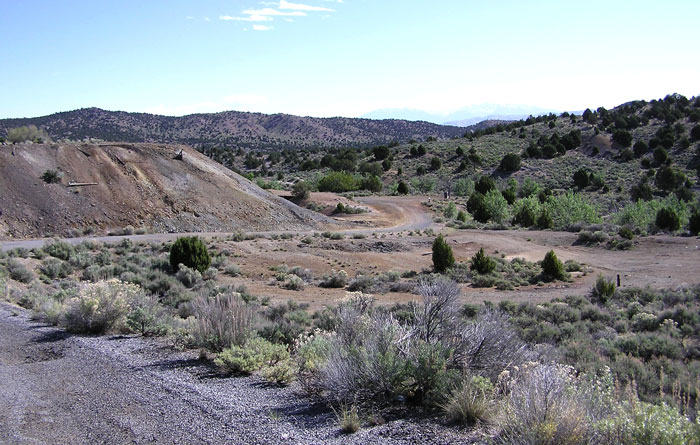 |
|
Photo #1a -
Dividend - an old deserted mining town by Staff
Photographer
©utahbirds.org |
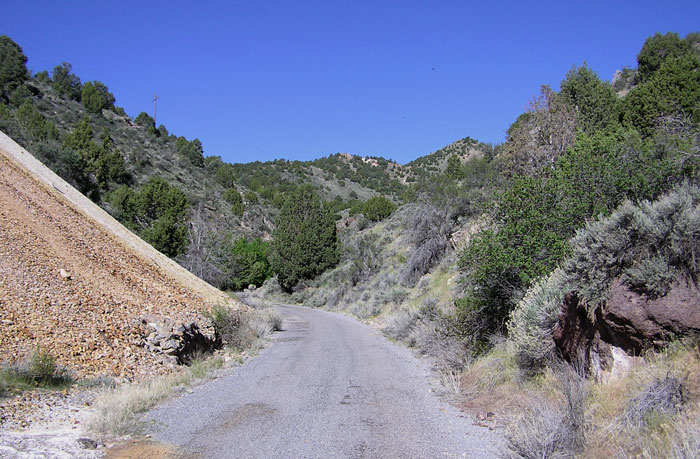 |
|
Photo #2 -
"Miner's Ravine" by Staff Photographer
©utahbirds.org |
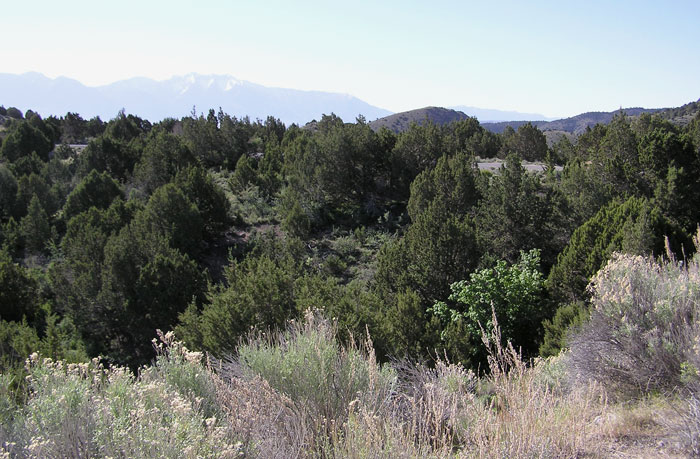 |
|
Photo #3 -
"Horseshoe Bend" by Staff Photographer
©utahbirds.org |
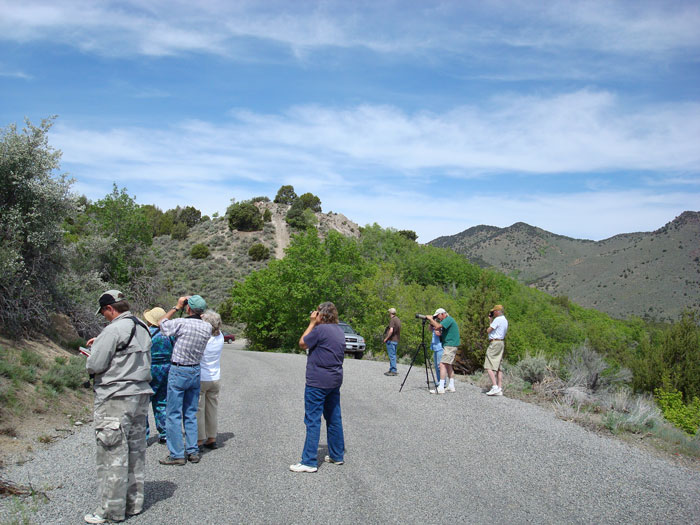 |
|
Photo #4 -
Maple and Chokecherry Warbler Area by Leena Rogers
©Leena Rogers |
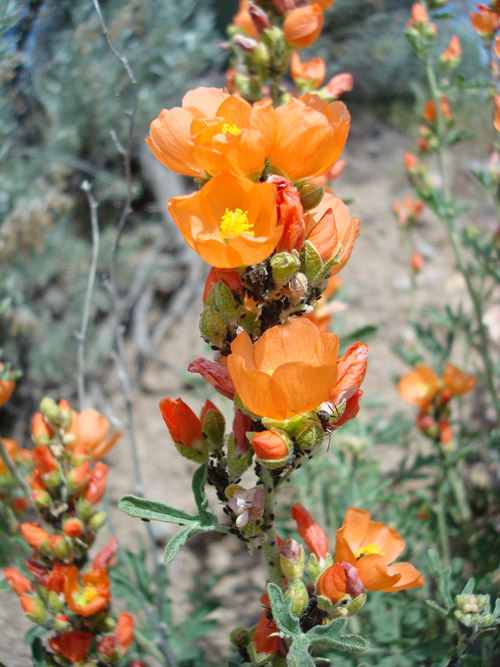 |
|
Photo #5 -
Globe Mallow by Leena Rogers
©Leena Rogers
|